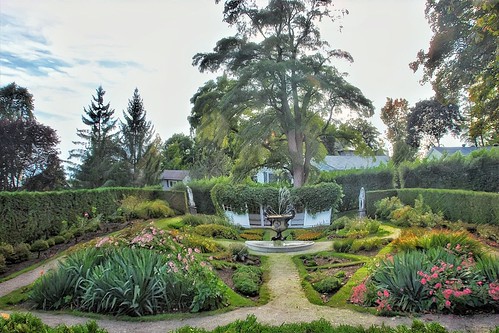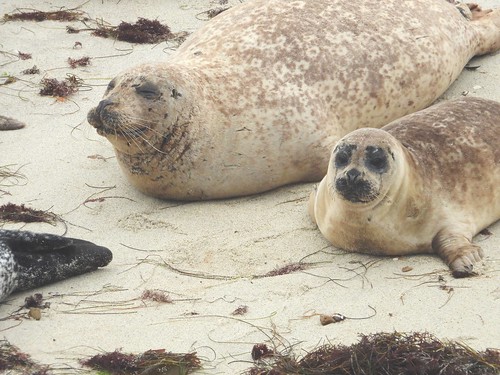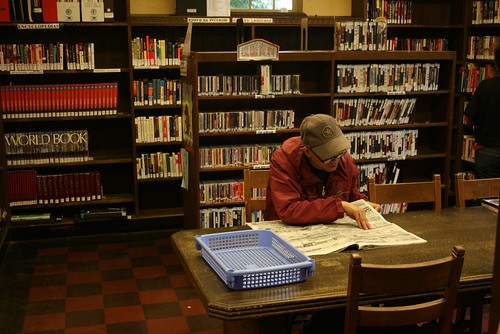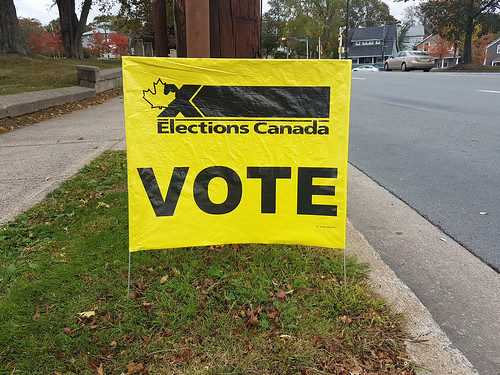It is crazy to believe how fast the semester has flown by. It seems like only yesterday I knew nothing about the curriculum. Now, I can no longer say the same thing. I am happy to have learnt what I have in ECS 210 as I believe it will be a benefit for me and my learners. Here is the link to my video. It is also posted below. I would like to thank Mike and Katia for all they have taught me and making lectures enjoyable by incorporating different curriculum orientations.
Video Transcript:
Line 1: Perfect. We’re all comfortable and ready for our story. So here it begins, “The Scrooge of Curriculum”. Once upon a time there existed a teacher who did not understand curriculum at all, she thought it was nothing but a set of documents that indicated what she should teach her students. However, curriculum is more than that but she was unaware so later that night, she would learn lessons from 3 curriculum ghosts – the curriculum practice ghost, the Treaty Ed ghost, and the Ghost of Curriculum. The teacher, Ms. Lang went to bed with her failing curriculum paper beside her, which she was very upset about as she thought her view on the curriculum was absolutely correct. As she fell asleep, she awoke in a room.
“I am the curriculum practice ghost. While you think the curriculum is simply a set of documents it is so much more. In fact, there are four forms of curriculum orientation. 1. Curriculum as a syllabus to be transmitted which essentially means students learn what is on the syllabus through lectures. 2. Curriculum as product meaning there is something to be learnt and it will be evaluated in one form or another. 3. Curriculum as Process essentially means students get choices in their learning and assessments. 4. Curriculum as Praxis focuses on tackling social justice. While each of these approaches has pros and cons, one approach does not trump another since each has its own unique purpose. In fact, to run an effective class, using all 4 models is very beneficial to your learners.
Ms. Lang awoke from her sleep shocked with her new learnings however, she decided that she would not rewrite her paper. As she returned to her slumber, she was visited by another ghost – the Treaty Ed Ghost. This ghost would take Ms. Lang to an empty field. She would be greeted by notes on trees and echoes in the wind.
What is this? Curriculum as Place? What does that mean?
It means the curriculum does not simply imply traditional classroom learning, it is taking your students outdoors and teaching them from here. It provides learners with the opportunity to learn in another environment and connect with the land, family, culture and community. It is very cross-curricular and is not just limited to a few subjects.
We Are All Treaty People?
Well of course we are. You learnt this through the teachings of Claire Krueger and Dwayne Donald. This means we are all part of the Treaty and as teachers, you are to incorporate Treaty Ed into every one of your classes. This is simple as you learnt in the lesson planning seminars as you saw hands-on examples with science lessons regarding pipelines and their environmental impacts to using the area of reserves for math problems instead of just teaching Treaty Ed in the humanity classes. Teachers are to ensure the lesson is not inappropriate and not to fear teaching Treaty Ed because it is okay to make mistakes, just remember to correct them (also asking for help doesn’t hurt and it is perfectly fine to become comfortable in the uncomfortable). There is no excuse for not teaching Treaty Education.
Okay I get it, curriculum is more than outcomes and indicators but I still think my paper is good enough and I’m too tired to rewrite it.
Finally, I am the Ghost of Curriculum Dictatorship and the last ghost you will be hearing from. You know, it is not just teachers and curriculum designers who create curriculum, it is governments, the public and others but how do these people know what should or shouldn’t be taught in the classroom? It’s not only people who decide the curriculum perspectives but it is the literature and resources you use, pay attention to them and you may find that those materials are often from a viewpoint from the most powerful population. Even social media is included in this. Typically, it is the white-Eurocentric perspective preferred in the formal curriculum if you investigate it. These white Eurocentric ideas also form the null and hidden curriculum which dictates how the classroom should be run. Heck, even influential moments in history dictate the curriculum. The curriculum is far from being neutral
So, curriculum is more than a set of documents and I need to consider curriculum orientation when lesson planning to benefits my students. It is also should be considered that when I teach Treaty Education and or I outside the classroom I may feel uncomfortable, the benefits of learning outweigh this feeling. I never would have considered this.
“Hey, you wrote, this paper and got a good grade you must be a good student”.
Actually no, I am not a good student. A good student is just someone who agrees with the teacher and society’s standards such as being quiet and doing what I’m told to do. Often, the good students are those who are also privileged in society, for instance, reflect on your own education with this. I wrote my paper on my opinion because I know single stories limit our knowledge of the world and keep us blind to stories we disagree with which negatively affects the students. You’re a math major but you only know one variation of math. For example, you tell seasons by dates on a calendar while the Inuit community tells the seasons by events in nature. School is simply a way of assimilation if you look at it like that and we have a far way to go. This may seem common sense to you with how to do the math, but you must be aware that common sense varies and we should not avoid the conflicting common sense presented to us in the opinion of how schools should be operated.
I suppose that is all true, I will rewrite my paper because my view of the curriculum has definitely been changed with all this information.
And that is the story of how Ms. Lang was no longer the Scrooge of the curriculum. What a good story. Essentially, this story was written to show what all I have learnt in the curriculum and how my view has changed. When I begin to teach, I hope to consider the single stories and orientation being presented to avoid telling a story that is in favour of one social group. For Treaty Ed, my goal is to try my best as I now know that being uncomfortable is okay and I am not alone. While I still fear the curriculum, I now feel more comfortable in my knowledge that surrounds it. I would like to thank Mike and Katia for all they have taught me.






